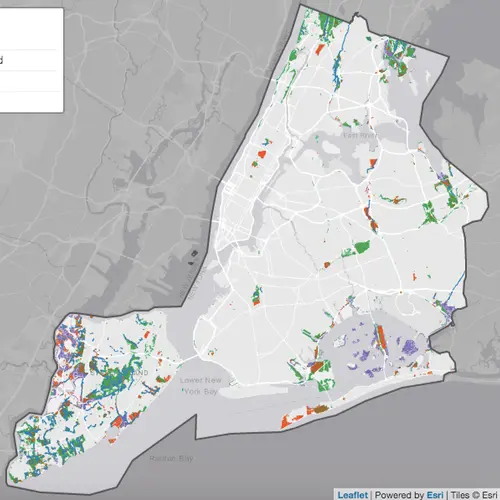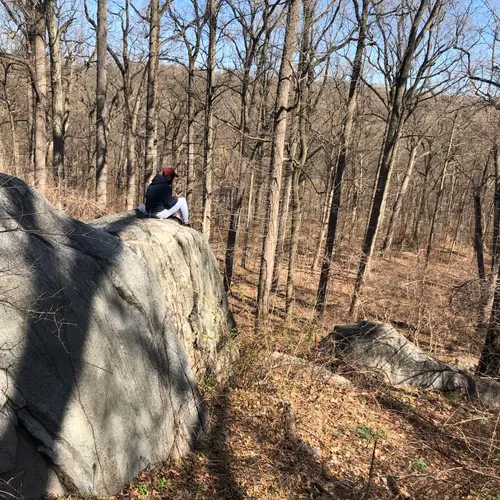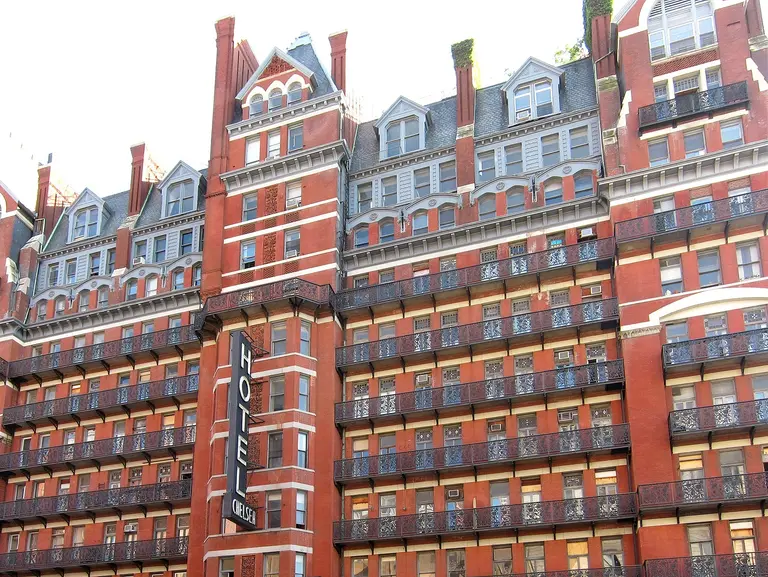This map explores NYC’s 19,000 acres of natural park land
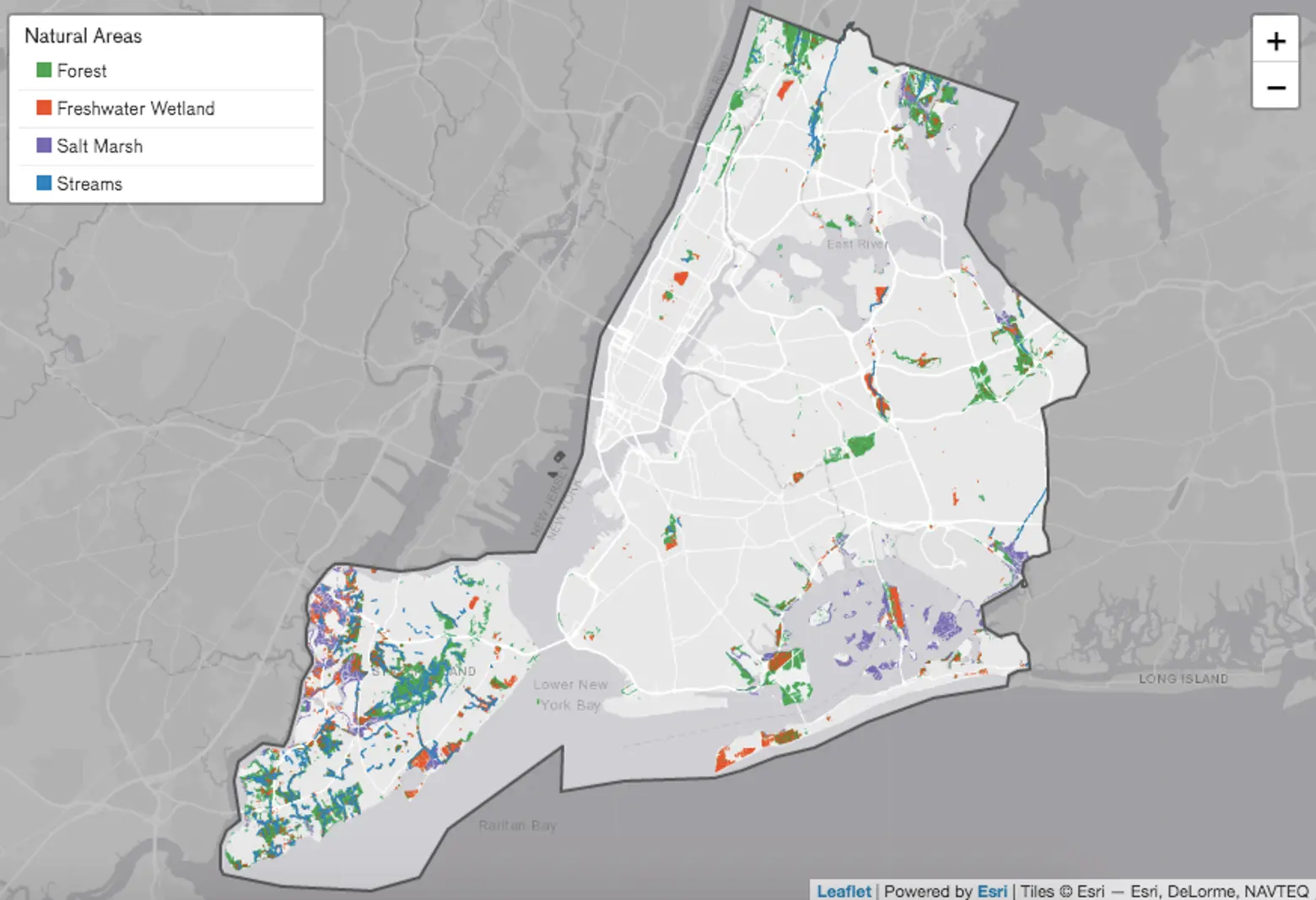
Contradictory to its “concrete jungle” nickname, New York City is home to over 19,000 acres of natural areas, consisting of forest, salt marsh, freshwater wetland, and streams. A new map from the Natural Areas Conservancy (NAC) highlights the location, size, and condition of natural resources throughout the five boroughs, while comparing the percentage of green space among neighborhoods, parks, and City Council districts. When the coronavirus pandemic hit the city, New Yorkers explored more wild parts of city parks as a way to get fresh air and maintain a safe distance from others. But according to the Conservancy, the increase in visitors is putting additional strain on park management, at a time when budgets across the country are being slashed because of COVID-19.
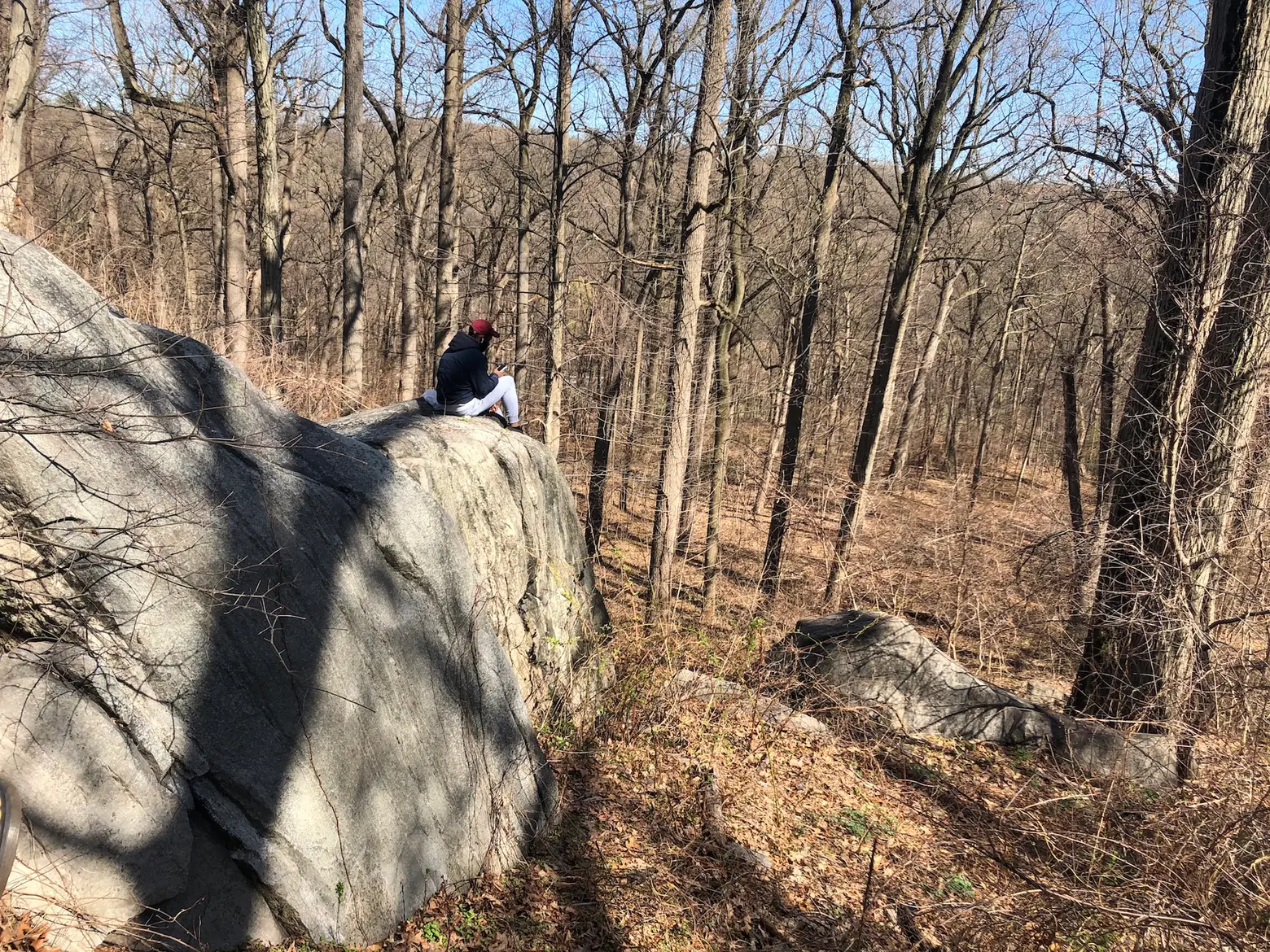
Van Cortlandt Park, Bronx (April 2020), Photo by Helen Forgione- Natural Areas Conservancy
According to the Conservancy, 40 percent of the city is “green,” which encompasses landscaped space like gardens, lawns, cemeteries, backyards, as well as natural spaces like forest, wetlands, and grasslands. Across the five boroughs, there are 10,542 acres of forest, 4,988 acres of freshwater wetland, 3,478 acres of salt marsh, and 112 miles of streams.
Unsurprisingly, Staten Island, known as the “greenest borough,” contains the largest amount of landscaped and natural areas, with 59 percent of the borough considered “green.” Just 28 percent of Manhattan is green, with more than 60 percent of the island built. Learn more about the city’s natural green space by exploring the map here.
A survey conducted by NAC looking at municipal and nonprofits in 12 cities found that even though the use of natural areas is up dramatically, budget cuts have decreased their ability to maintain the areas. The survey found 83 percent of organizations reported an increase in visitation during COVID-19, but only 17 percent were confident in their organization having adequate funding in 2021.
New York City’s budget cut $84 million in Parks Department funding this year because of the financial crisis, a 14 percent cut from last year, according to the New York Times. The city also got rid of 47 seasonal jobs and cut 50 of the 95 urban rangers, who run free events focused on the city’s most biodiverse and lesser-known natural spots. NAC is calling on local leaders and government officials to invest more in parks and develop ways for natural areas to recover in the aftermath of the pandemic.
“The COVID-19 pandemic illustrates just how critical our natural areas are for not only providing urban residents with cleaner air and lower temperatures but also providing enough space for recreational activities that allow for social distancing,” Sarah Charlop-Powers, executive director of the Natural Areas Conservancy, said in a press release.
“Moving forward, local governments must recognize the importance of protecting and preserving our natural areas for public use and ensure that they have the funding and resources they need to thrive.”
RELATED:
